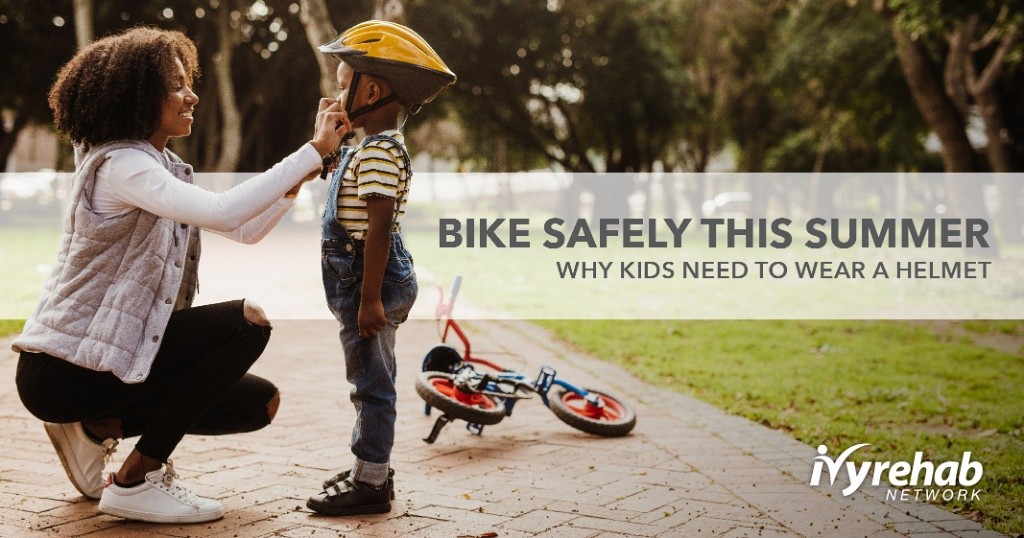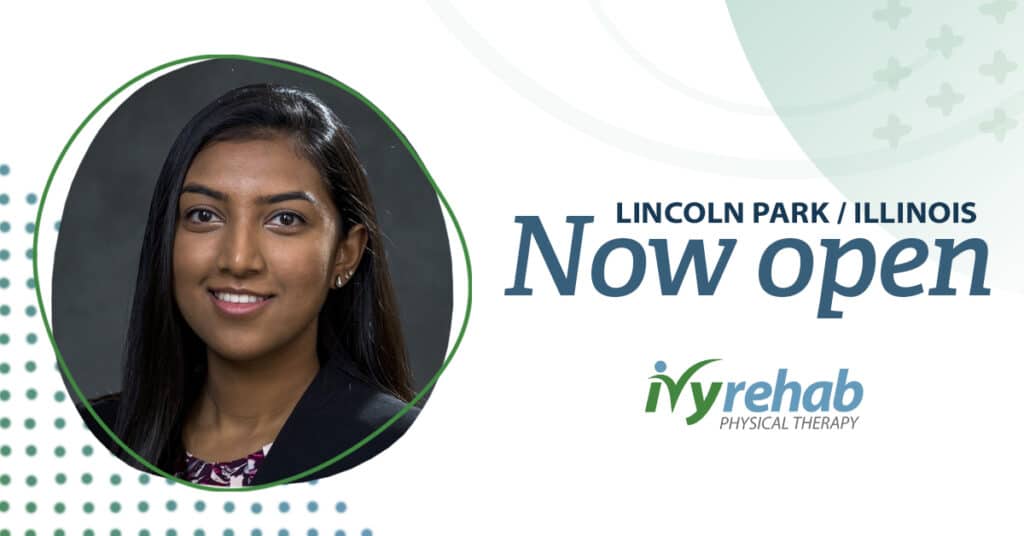School is finally out and summer has kicked into full swing – it is time to get out the bicycles! Children find freedom in two wheels, whether it’s bicycling with friends in the neighborhood or campground. Families and people of all ages also enjoy riding rail trails and scenic bike paths in the summer. But danger lurks behind the handlebars. Cycling sends thousands of people to the emergency room each year, and an injury can happen to a 5-year-old or a 75-year-old. The National Highway Transportation Safety Administration reminds riders that bicycles aren’t toys. They are considered vehicles, and 783 bicyclists died in traffic crashes in the United States in 2017. One-third of non-fatal bicyclist injuries are to the head, according to the National Safety Council. Most people know the rules to bike safely but often don’t follow them.
Tips to Bike Safely
Stay safe on the road and trails this summer.
1. Wear a helmet. Every cyclist should wear a helmet regardless of age, skill, or experience. If you’re a parent, model good behavior by wearing one. Ensure the helmet fits properly so it can protect you and your head. Center for Head Injury Services reports 85 percent of all head injuries in bicycle accidents can be prevented. Helmets also protect the midface and forehead.
2. Avoid crashes by following the rules of the road. Bicycle deaths occur most often between 6 p.m. and 9 p.m. and in urban areas (75 percent). Remember to use hand signals, obey traffic signs, look both ways, and pay attention. Look over your shoulder and behind you before changing lane position or turning.
3. Parents should not let young children go riding unsupervised. Give your children a safety lesson every summer. When riding on the road, bicyclists must follow the same rules and responsibilities as motorists. Make sure they head out with an older sibling, babysitter, or ride in a group when possible.
4. Make yourself visible. Wear protective equipment and clothing that makes you more visible to others. Besides a bike helmet, wear bright clothing during the day. Put on a reflective vest and equip your bicycle with reflectors, front light, and red rear light for night riding.
5. Make sure loose items and clothing are secured. Tuck and tie your shoelaces and pant legs so they don’t get caught in the bike chain.
6. Ride a bike that fits you and works properly. Ride one per seat and carry all items in a backpack, basket or carry-on strapped to the back of the bicycle.
7. Plan your route. Try to avoid busy roadways by using a bike lane or bike path.
8. Ride focused and alert. Ride defensively and in the same direction as traffic. Assume the other person doesn’t see you. Put your phone away. Avoid listening to music or anything that takes your eyes and ears off the road and the traffic around you. Watch for hazards in the road, pedestrians, and cars backing out of driveways.
9. Ride responsibly and ride sober. Alcohol was involved in 37 percent of all fatal bicyclist crashes in 2017, according to the NHTSA. In addition, cyclists can get ticketed or arrested for operating under the influence depending on the state where they live.
10. Improve your riding skills. If you have young children, give them several lessons in a safe environment away from traffic and distractions. Sign up for a class through your school, recreation department, or local bike shop.
Bottom line: bike safely with a properly fitting helmet
A properly fitting helmet is a safety essential to help prevent concussions or traumatic brain injuries. Don’t take to the road without one. Helmets are especially important for children. According to the Centers for Disease Control, helmet use is lowest (for all ages) among children ages 11 to 14. Concussions among children can be a serious problem. Safety should always override trying to look cool. Make it a family rule by strapping on the helmet before ever setting out on the pavement.
In the event of an accident or injury, stay alert for signs of a concussion or TBI and seek medical treatment immediately. Ivy Rehab offers a Concussion Management program and treats a variety of head, leg, and arm injuries. Ivy Rehab’s therapists can get you road-ready or back on a bicycle after a fall or accident!
Article Reviewed by Holly Lookabaugh-Deur, PT, DSc, GCS, CEEAA
Holly Lookabaugh-Deur, PT, DSc, GCS, CEEAA is a practicing physical therapist and a partner and Director of Clinical Services at Ivy Rehab Network. Deur is board certified as a geriatric clinical specialist and certified exercise expert for aging adults with more than 35 years of clinical experience. She is certified as an aquatic and oncology rehabilitation specialist and serves as adjunct faculty at Central Michigan University and Grand Valley State University.







